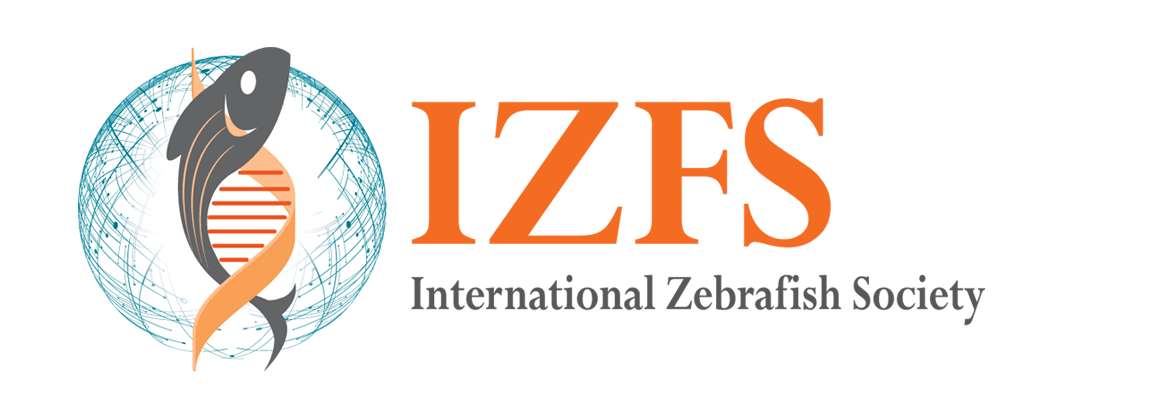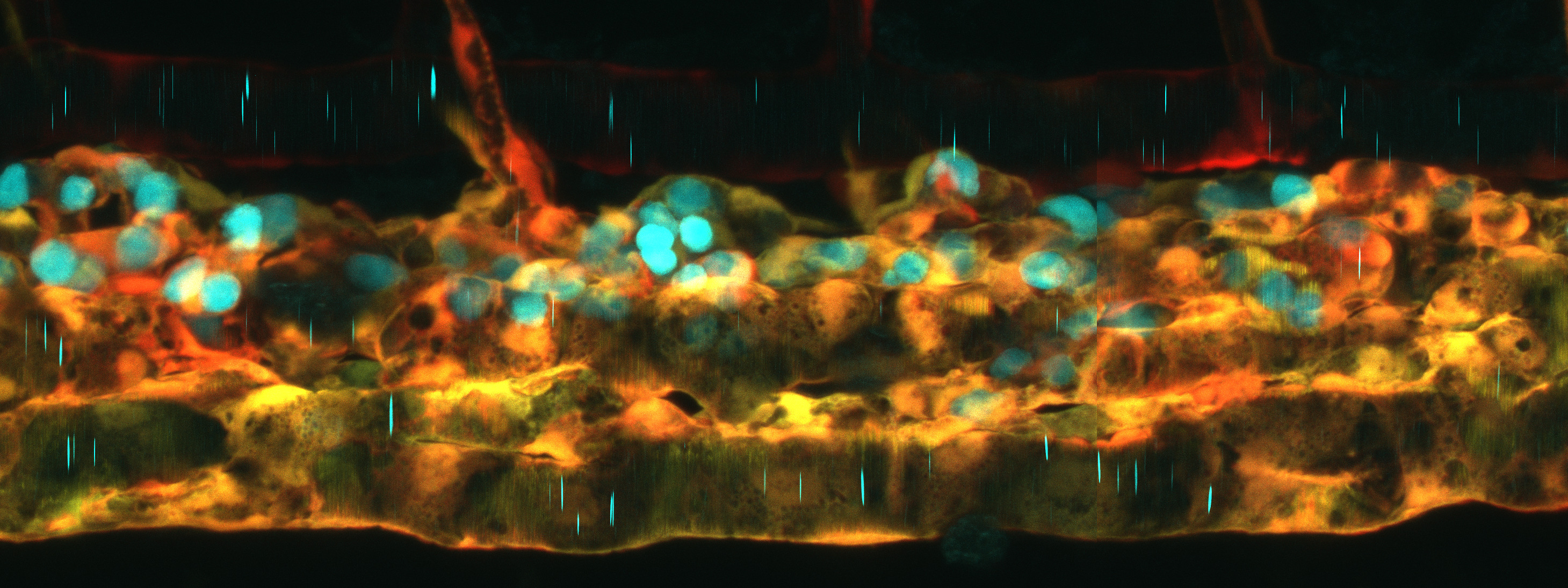Science and Society
Inequality and the White Noise of Science
As I walk home, my pants soaking wet from crawling around on the floor of my fish facility fixing part of my twenty-plus year old fish system, I contemplate something a colleague said to one of my graduate students a few years ago. My student said the colleague was so impressed at what researchers in Chile were able to accomplish on much less funding. Yet, in spite of this positive perception of our advances in science a challenge we face is getting published, a common problem in the “Global South” (see below: (1, 2). Previously, when I was a professor at Cornell University, publishing papers was much easier compared to my experiences since moving to the University of Valparaiso, a fact that we discuss in the lab. Even though I was luckier than most, arriving to Chile with equipment and funding from abroad, the move from the Global North (USA: spends 3.1% GDP on R&D) to the Global South (Chile: spends 0.36% GDP on R&D) was more difficult than anticipated; like most things in life, until we have experienced the situation we do not understand the challenges.
As a profession, science is unusual: the outputs and rewards are much more unequally distributed (3) and while these differences in equality are evident in countries of both the “Global North” (Australia, Canada, the entirety of Europe and Russia, Israel, Japan, New Zealand, Singapore, South Korea, Taiwan and the United States) and the “Global South” (Africa, Latin America, the Caribbean, Pacific Islands, developing countries in Asia and the Middle East), the differences between the Global North and the Global South are pronounced.
One source of scientific inequality has been coined the “Matthew effect” (4,5) from the Bible: “For unto every one that hath shall be given, and he shall have abundance: but from him that hath not shall be taken even that which he hath (Matthew 25:29)”. The Matthew effect means that elite scientists who have previously been successful are more likely to succeed again. Thus their contributions will receive disproportionately greater recognition and rewards than that of lesser-known scientists for comparable contributions. A few years ago during a visit to a colleague’s institution in Europe I was looking at the departmental display on the history of Leica microscopes and saw my microscope (the model currently being used in our lab), as part of “history”. I realized that while I arrived to Chile as a beneficiary of the Matthew Effect, the effect had faded.
South America’s research strength may be underestimated because its researchers often publish in journals that are not indexed in major citation databases (6). Often researchers struggle under great pressure to publish in the best journals, but to obtain the results needed takes much longer. As a result, the necessity arises of going down the list of celebrity journals trying not to wallow in impact factors of less than 1.0, or worse yet, publish in a non-indexed database. Yet, as grant deadlines loom, researchers give up on the indexed databases in favor of non-indexed databases to secure a publication. Furthermore the pressure to publish the minimal publishable unit is strong, thus it is a struggle not to become the “white noise” of science: publishing to fill up spaces and tick off boxes on the grant applications.
There are days I long for my previous life, tax exempt status, vending machines that sell enzymes in the hallway, dry ice downstairs, and animal facilities that are nicer than our public hospitals. But, as I change to dry clothes, thinking about my lab I realize that here in Chile we are successful in spite of fewer resources and this is very good in a world threatened by climate change linked to over-consumption. And I realize how interesting my life has been and continues to be as I navigate the world of science in the Global South.
Hopefully in the coming years the IZFS will continue to reach out to scientists around the world to break down the barriers of inequality in science, acknowledging that while resources are essential, so are ideas and ideas are found in all ”classes” of science, in all parts of the globe.
By Kathleen Whitlock
October 16, 2021
2. Global patterns in the publishing of academic knowledge: Global North, global South, Current Sociology · November 2016DOI: 10.1177/0011392116680020
2. Xie, Y., Inequalities in Science, Science. 2014 May 23; 344(6186): 809–810. doi:10.1126/science.1252743.
3. Merton RK. The Matthew effect in science: The reward and communication system of science. 1968; Science, 199:55–63.
4. The Matthew effect in science funding, www.pnas.org/cgi/doi/10.1073/pnas.1719557115
5. Richard Van Noorden, South America by the Numbers (2014). 202; Vol 510, 12 June, Nature




